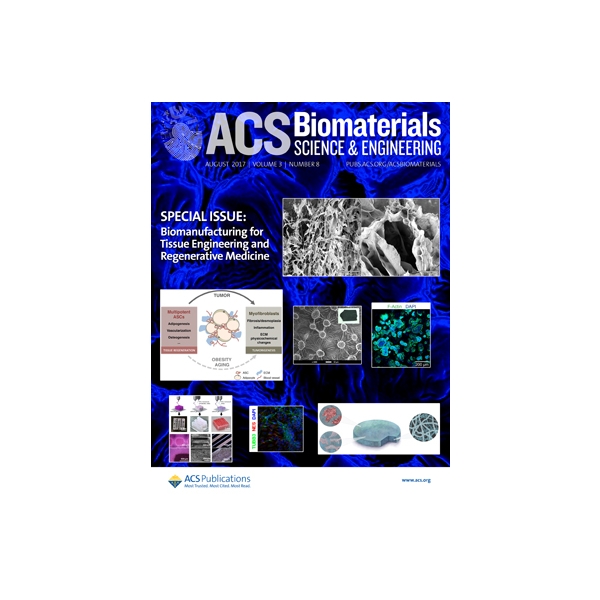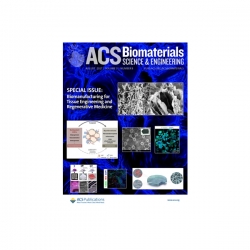Abstract

An advanced control of biomaterial surfaces was created to enable the stepwise and switchable activities of the immobilized growth factor (GF) proteins for a programmed manipulation over cell differentiation pathways. The GF protein was immobilized on an advanced vapor-based coating of poly[(4–2-amide-2′-amine-dithiobisethyl-p-xylylene)-co-(p-xylylene)], and the equipped disulfide exchange mechanism of the coating enables the detachment and/or the displacement of the previously installed GF to reinstall a second GF protein. In this study, the controlled immobilization and displacement of the fibroblast growth factor (FGF-2) and bone morphogenetic protein (BMP-2) were demonstrated on cell culture substrates, and the resulting surfaces provided a programmable induction of cellular responses in proliferation and osteogenesis toward the cultured murine preosteoblasts (MC3T3-E1). A depreciated or stopped activity of the previously induced biological function, i.e., proliferation or osteogenesis, was found for MC3T3-E1 on the modified surface after the cleavage of the corresponding GF. In addition, with the approach to devise the displacement and reinstallation of FGF-2/BMP-2 proteins, a combined induction of proliferation and osteogenesis can be initiated in a timed latency to resolve programmable biological activities.
KEYWORDS: stepwise cell differentiation、programmable biointerface、poly-p-xylylene coating、growth factor protein、osteogenesis.png)

